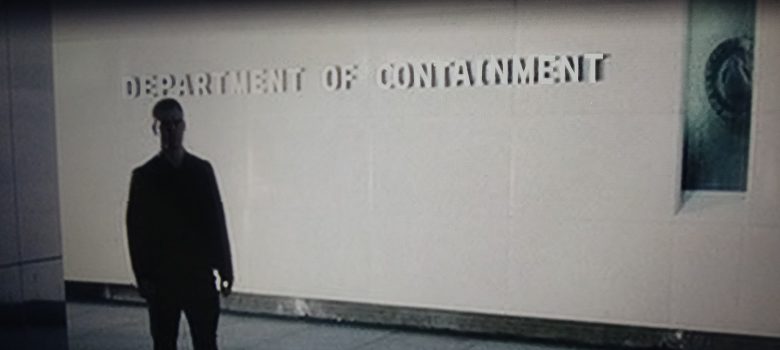

- #Pre sorna svp code#
- #Pre sorna svp tv#

He was running a homeless shelter on Staten Island. How many criminals has John Walsh?įour days after the show aired, we caught him: FBI Top 10 fugitive.
#Pre sorna svp tv#
Now available on Comcast’s Xfinity, DIRECTV, AT U-verse HD, DISH Network, Sling TV HD, Fios by Verizon HD, Centurylink Prism HD, Cox Communication HD, and the National Cable Television Cooperative (NCTC), the Pursuit Channel has grown to become an industry leader since its founding in 2007. ProgrammingĬhannel 604 Does Comcast have the Pursuit Channel? Pursuit Channel is an American television network that airs programming geared to hunting, fishing, shooting and outdoor recreation….Pursuit Channel. In Pursuit With John Walsh on ID | Investigation Discovery. How did Adam Walsh get abducted?Īfter some investigation, police eventually concluded that Adam was abducted by a drifter named Ottis Toole near the front exterior of Sears that afternoon, after being instructed to leave by a security guard. Attorney Odette Bendeck said Tuesday that the couple is “happily reconciled” and committed to their marriage. – “America’s Most Wanted” host John Walsh and his wife have jointly dismissed their divorce lawsuit, an attorney for Reve Walsh said. Megan’s Law is named after seven-year-old Megan Kanka, who was raped and killed by a known child molester who had moved across the street from the family without their knowledge.
#Pre sorna svp code#
Why is it called Megan’s Law?Ĭalifornia’s Megan’s Law was enacted in 1996 Penal Code § 290.46. The ruling immediately affects only San Diego County, where the case originated. More information about Megan’s Law can be found at The California Supreme Court ruled on 2 March 2015 that a state law barring sex offenders from living within 2,000 feet of a school or park is unconstitutional. Megan’s Law generally only requires the offender to register.
Megan’s Law offenders are restricted from living near certain locations. Notification does not occur with the majority of the offenders. Community notification only occurs with Sexually Violent Predators. The community is notified when a sex offender moves into a neighborhood. There are many sex offenders, known and unknown, who are not listed. The site only lists those offenders who were convicted of certain offenses and that are still required to register. All sex offenders are on the Megan’s Law Site. The following are some common myths about Megan’s Law: In cases where community notification (active) does occur (SVPs), the police department will notify all of the residents and the appropriate agencies in the immediate vicinity of the offender current whereabouts. Residents will generally only know about these offenders if they search the web site. The offenders’ information is listed on the web site (state.pa.us) and only specific agencies are notified such as the local police department and schools. The majority of sex offenders on the State Police Registry are not Sexually Violent Predators and are only subject to passive notification. The SVP will also be subject to community (active) notification. The sentencing Court, after hearing argument, will make final determination if the offender is a SVP which will require the offender to register with the State Police and to attend treatment for their entire life. Prior to sentencing, all offenders convicted of one of the designated offenses are evaluated by the Pennsylvania Sex Offender Assessment Board to determine if the offender is a Sexually Violent Predator (SVP). The Pennsylvania State Police maintains the registry. The length of time that they are required to register and the frequency is determined by the severity of the crimes they committed. Sex Offenders are required to register on regular basis and they must report any changes immediately. The law requires the Pennsylvania State Police to maintain a registry of adult and juvenile sex offenders who have been convicted of certain offenses. Pennsylvania’s version of Megan’s Law was originally enacted in 1995. SORNA aims to close potential gaps and loopholes that existed under prior laws, and to strengthen the nationwide network of sex offender registrations.






 0 kommentar(er)
0 kommentar(er)
